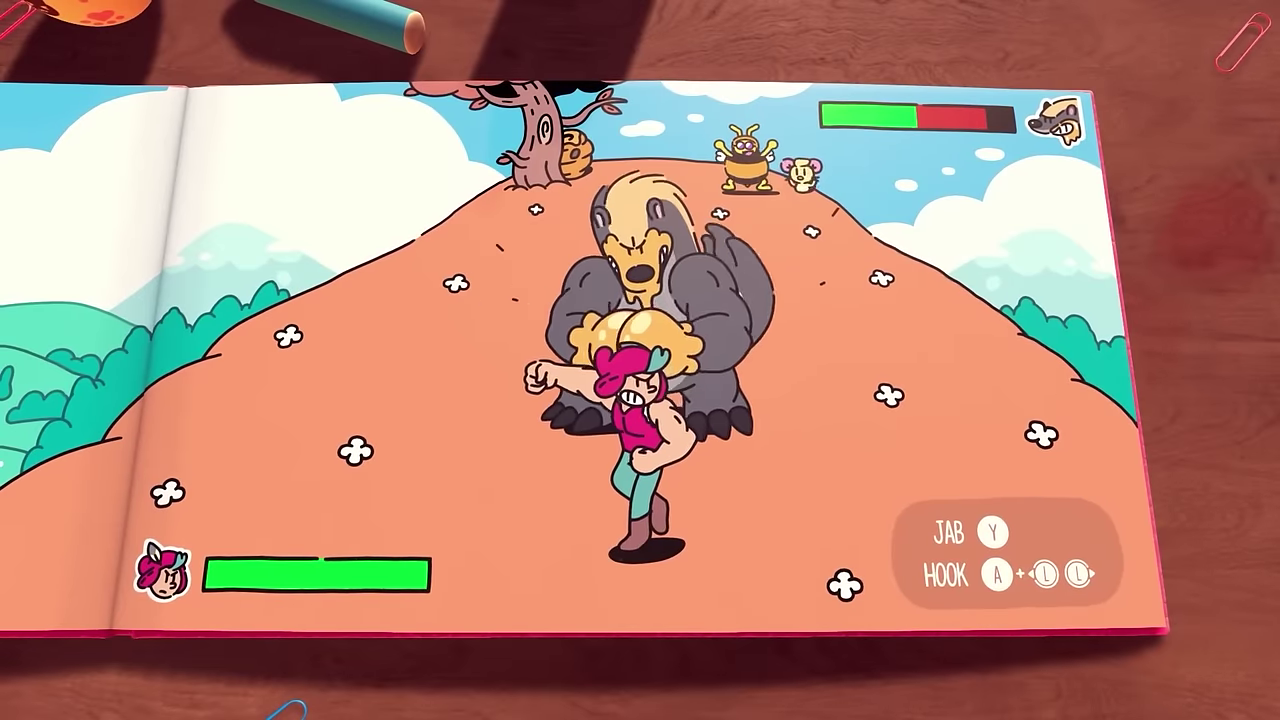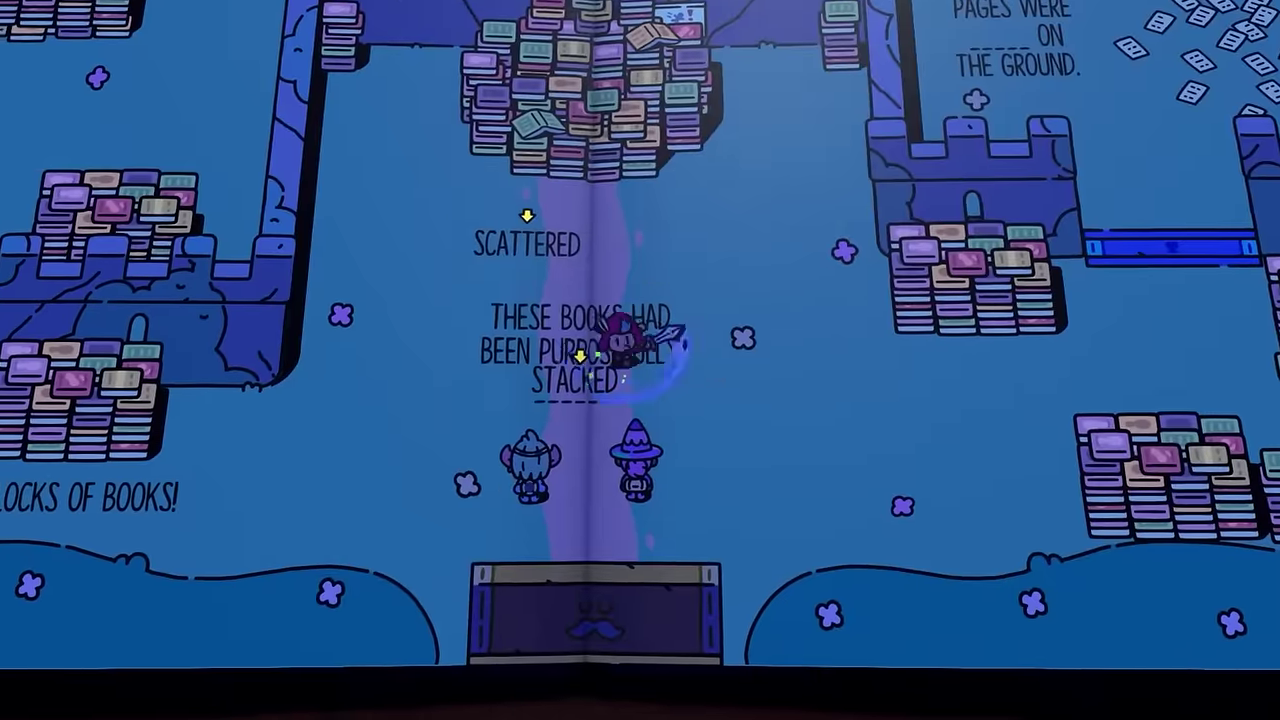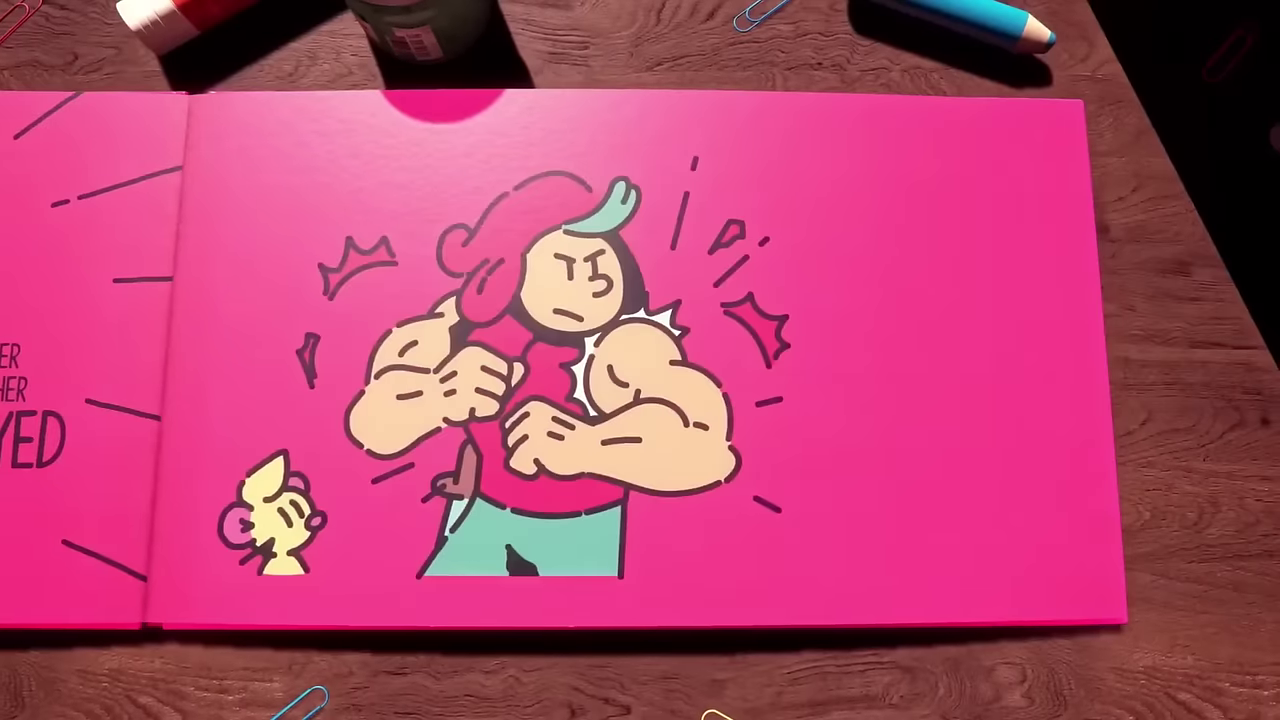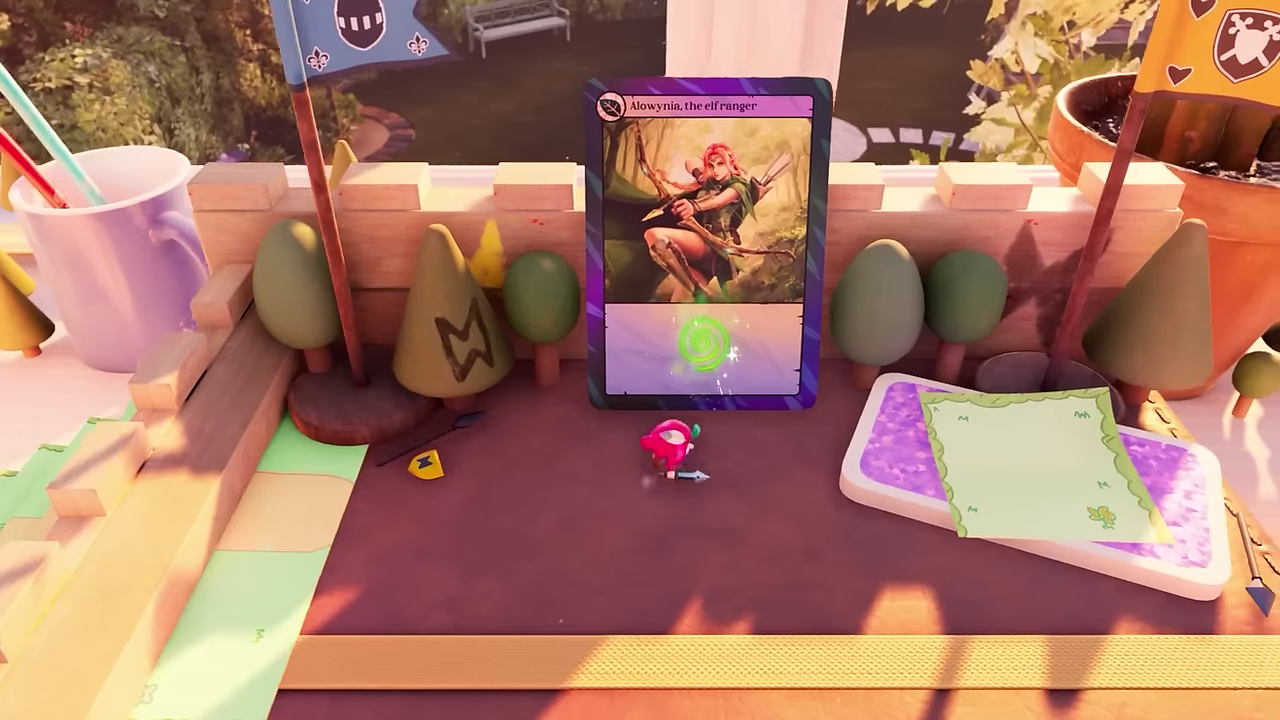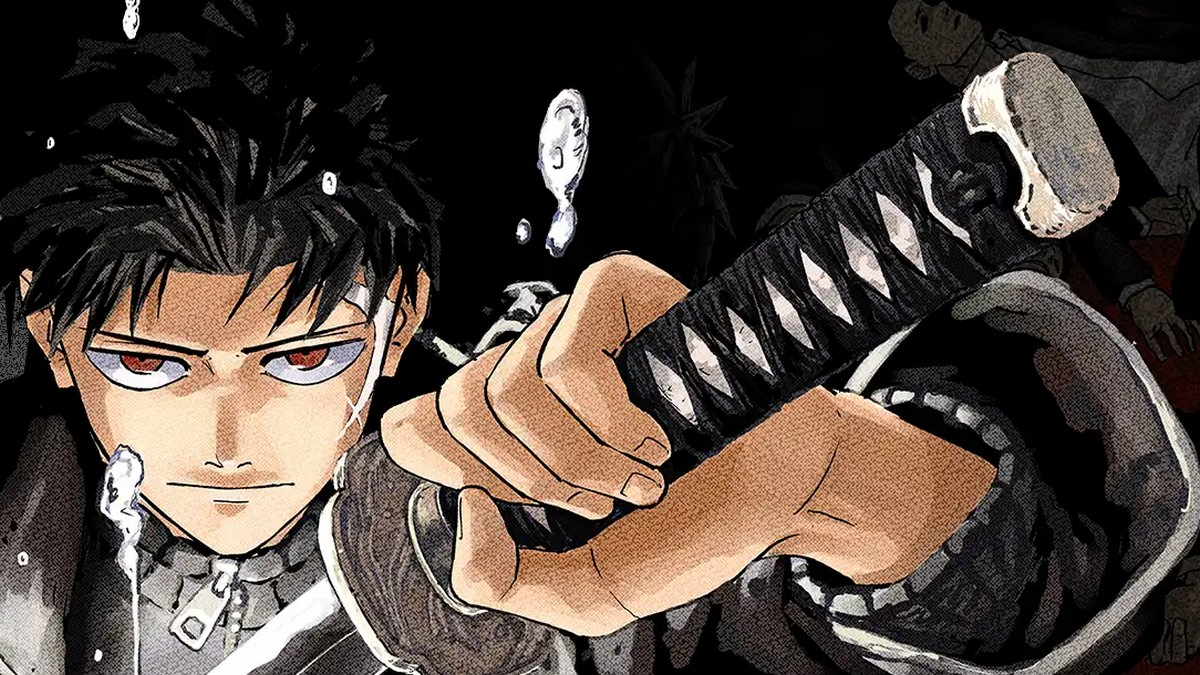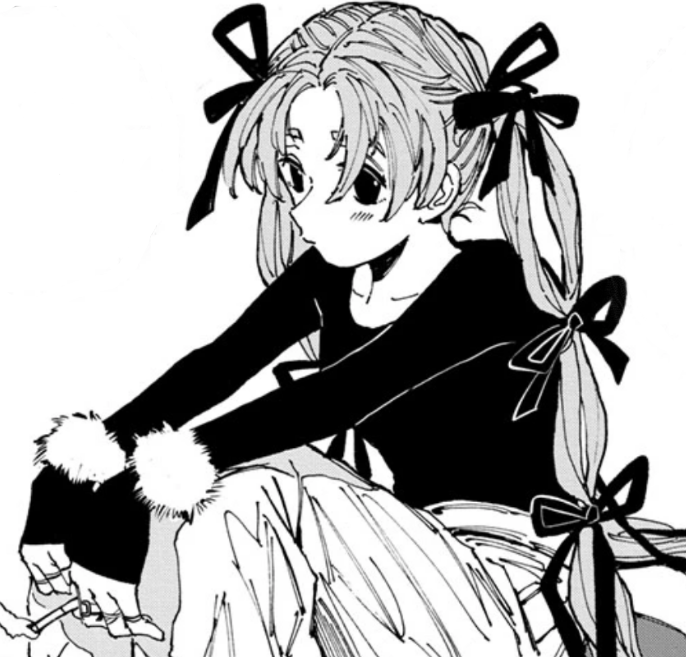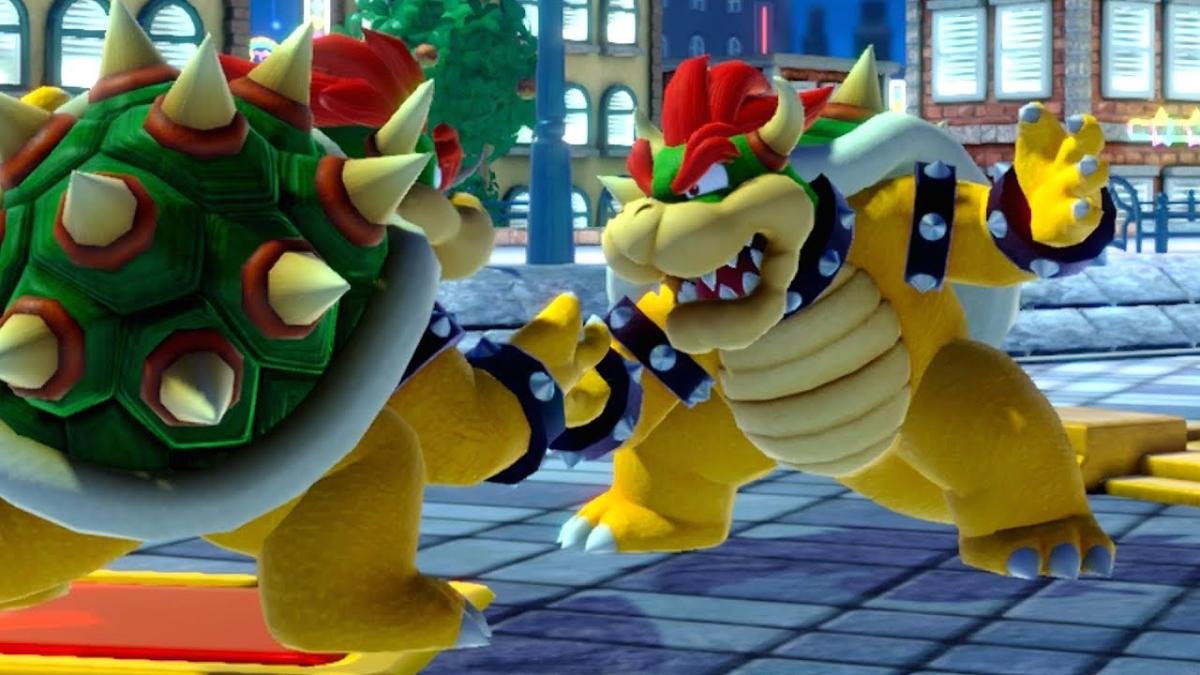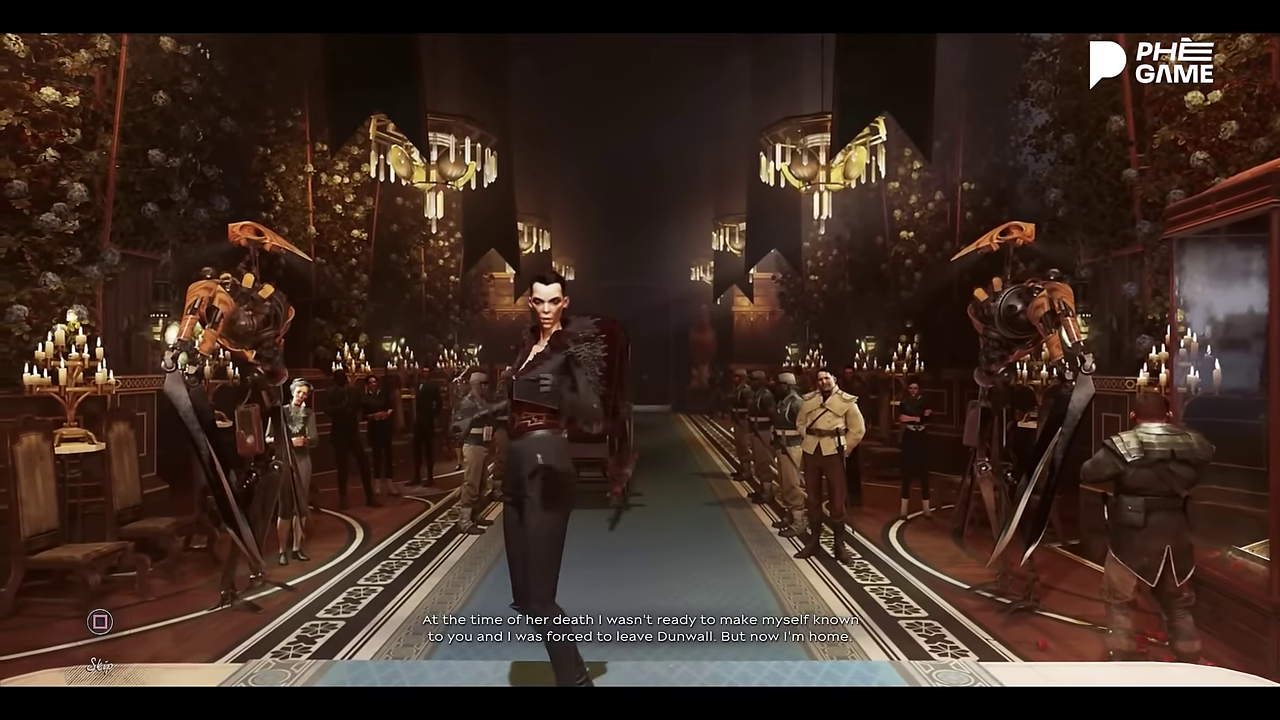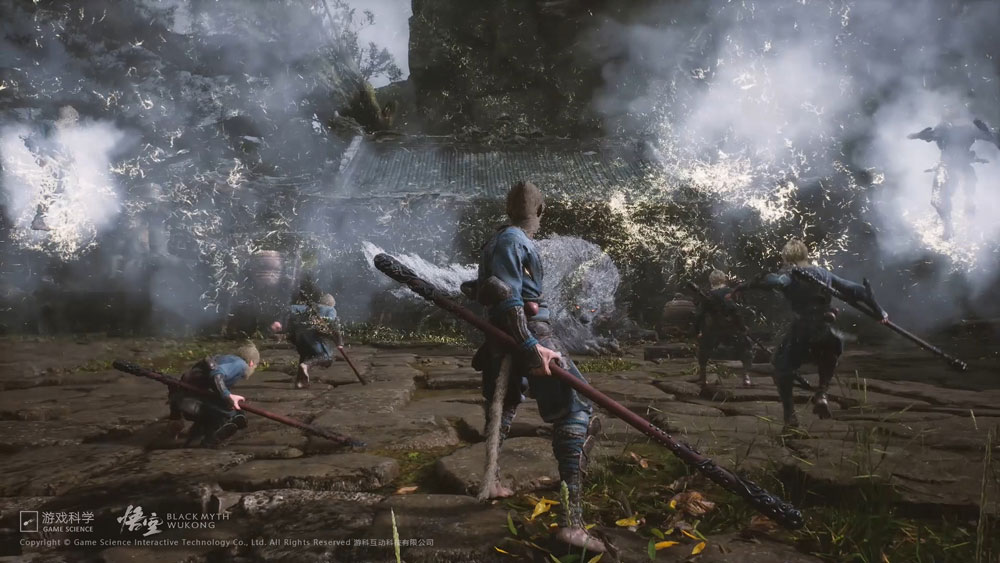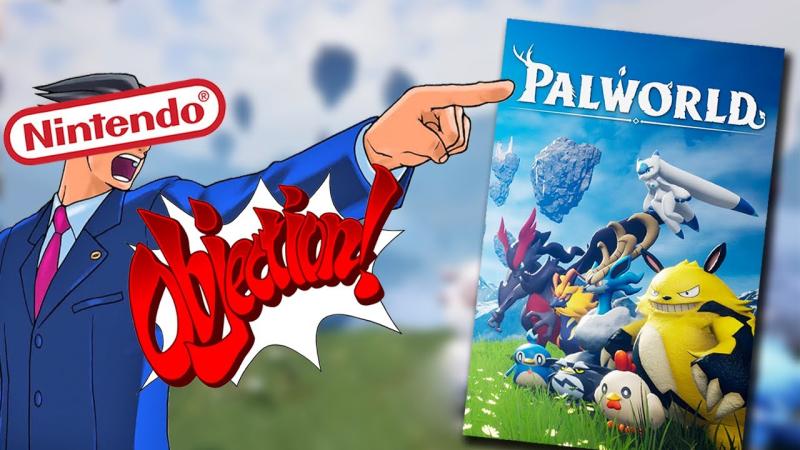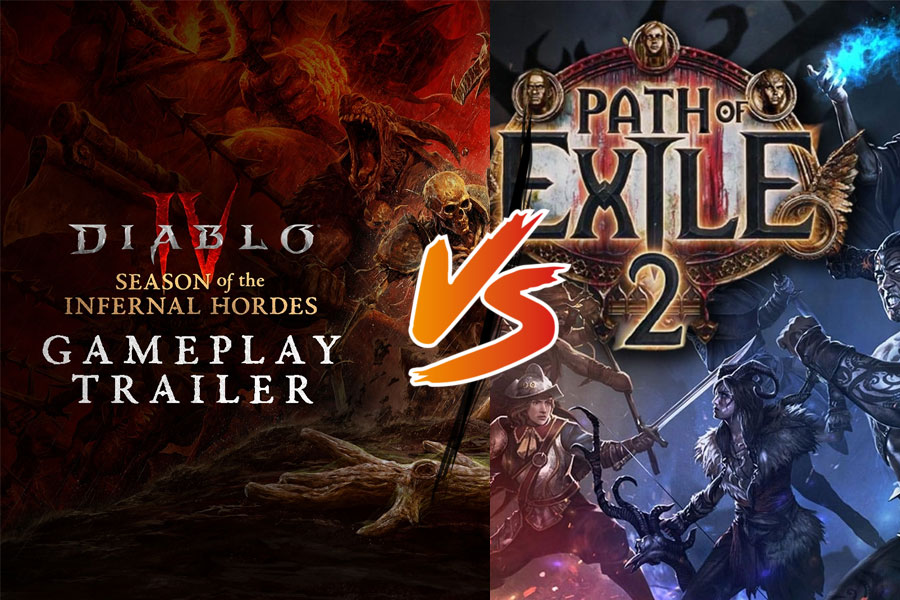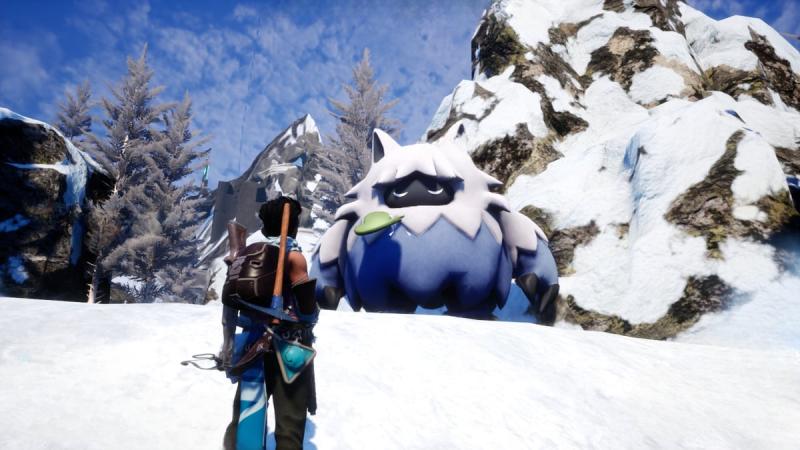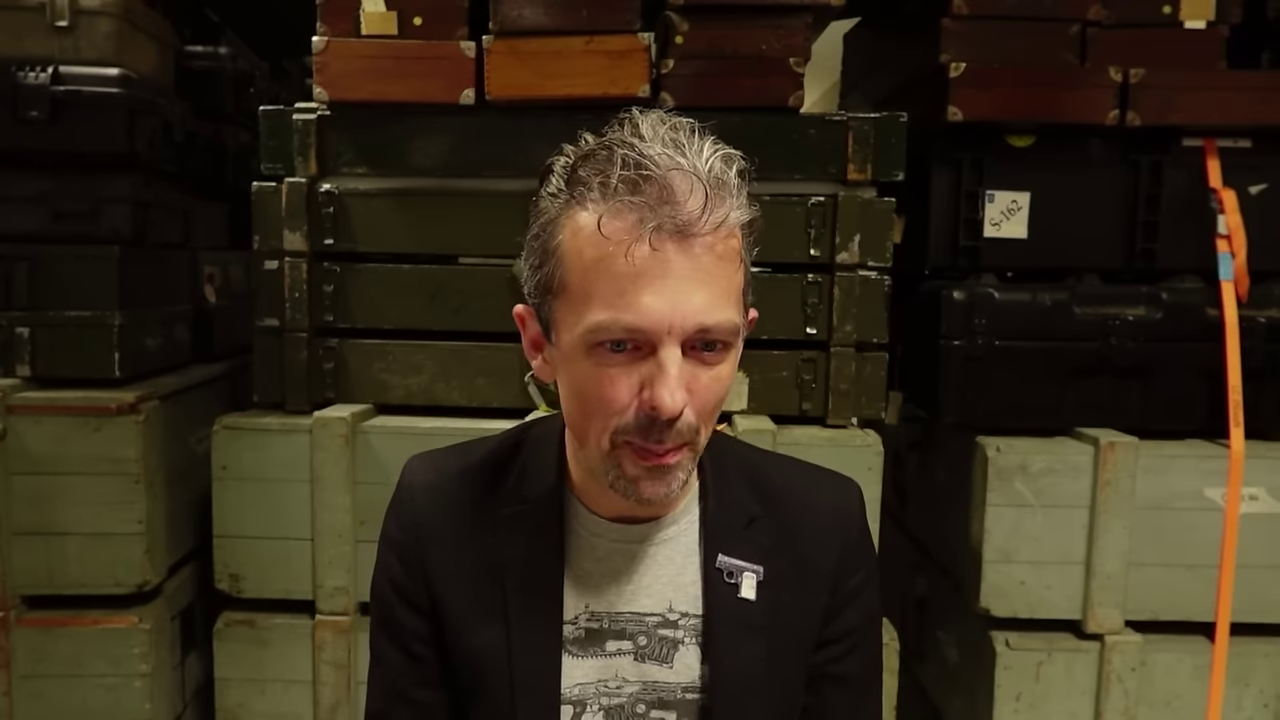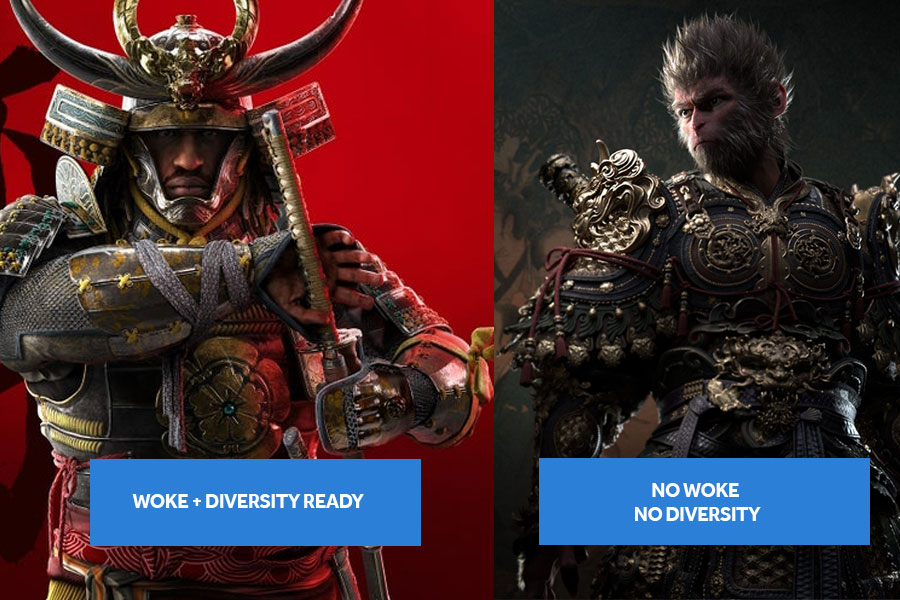Here's the article content with the selected images inserted appropriately:
Remember the days when you’d sit with a storybook, daydreaming about what it would be like to dive into its pages? Maybe you’d become the brave knight, the daring detective, or even a friendly neighborhood squirrel with a penchant for solving mysteries. The Plucky Squire is that exact fantasy brought to life. And let me tell you, it’s a wild ride.
I’ve had my eye on The Plucky Squire for a while now. When I first saw the trailer, I instantly got that nostalgic kick to the gut, like when you find your old Game Boy buried in a drawer. Developed by All Possible Futures and published by Devolver Digital, this game was like a promise—a promise of something charming, something that would tug at the strings of childhood imagination. And boy, did it deliver… but with a few hiccups along the way.
Let’s dive (or rather, hop) into the magical world of The Plucky Squire and see what it’s all about.
A Storybook Come to Life
From the get-go, the game sets up a world that feels like a mix between a children’s bedtime story and an imaginative daydream. You play as Georg, a hero in a storybook who has sworn to protect the magical land of Mojo (more on that name later). Georg has spent his days thwarting the evil wizard Hamam’s plans to mess up Mojo, and now Hamam's up to something new—he’s trying to change the story itself.
Georg in the storybook, ready to protect the land of Mojo
Here’s where things get mind-bending. Georg, being the plucky squire (hence the title), suddenly finds himself pulled out of the book. You’re no longer confined to the 2D pages of the story. Oh no, Georg is now in the 3D world, and it’s a bit of a shocker for him (and us). This twist is what makes the game so unique. You literally jump between the 2D world of the book and the 3D world of the "real" environment, offering an experience that feels fresh and inventive.
Georg moving between 2D and 3D worlds
Now, the story itself isn’t something that’s going to make you weep or contemplate the meaning of life. It’s simple, straightforward, and honestly, a bit predictable. But that’s okay! It’s not trying to be some deep, philosophical narrative. It’s more like a love letter to those days when you’d let your imagination run wild. And that’s where The Plucky Squire shines.
Gameplay: A Mixed (but Mostly Fun) Bag
Right off the bat, the gameplay gives off serious Legend of Zelda (the old-school ones) vibes. You’ve got your sword, your enemies, and a bunch of puzzles and challenges to overcome. At first, I was pretty stoked about the combat. It’s simple, just like your classic action-adventure games: hack, slash, dodge, and repeat. Georg can collect light bulbs, which is essentially the game’s version of experience points, and these can be used to unlock new abilities.
But after a while… the combat does get a bit repetitive.
Let me explain. While fighting baddies is fun, it doesn't evolve much as you progress. You’ll face similar enemies with slightly different attack patterns, and after the 50th sword swing, it starts to feel like you’re just going through the motions. The game does try to mix it up by introducing unique mini-games and puzzles, which, to be fair, are pretty clever. But the main combat loop? It’s not going to blow your socks off.
That being said, the puzzle-solving mechanics are where The Plucky Squire really flexes its creative muscles. One of the coolest things you can do as Georg is manipulate the text within the book. You’ll come across sections in the 2D world where you can literally move the words around to change the environment. For example, you might need to turn the word "bridge" into an actual bridge to cross a gap. Stuff like this? Pure genius. It’s the kind of creativity that makes you smile and think, "Why hasn’t anyone done this before?"
The creative puzzle-solving mechanic where text turns into objects
However, I do have a little bone to pick here. While the puzzles where you manipulate the text are super fun, they don’t happen often enough. It’s like the developers teased us with this awesome mechanic and then forgot about it for large chunks of the game. I wish they leaned into it more because it’s such a cool concept!
2D vs. 3D: A Tale of Two Worlds
One of the standout features of The Plucky Squire is the way it jumps between 2D and 3D gameplay. The 2D sections are where the game feels the most lively, with its vibrant, hand-drawn art style and whimsical animations. It’s a visual treat, like flipping through a beautifully illustrated children’s book. The transition from 2D to 3D is seamless, and the first time you experience it, it’s a real "Whoa!" moment. You’re controlling this flat character in a flat world, and suddenly, you’re in a fully rendered 3D space, running around like a toy in a kid’s bedroom.
Vibrant storybook visuals in the 2D world
But here’s the thing: the 3D world, while still visually appealing, doesn’t feel as engaging as the 2D segments. Sure, it’s fun to explore this new environment, but it lacks the charm and creativity of the 2D world. You’re no longer interacting with the book’s text or solving clever puzzles that mess with the story’s rules. Instead, you’re mostly running around, collecting items, and fighting enemies. Don’t get me wrong, it’s still fun, but the magic of the game lies in the 2D world. Every time I entered the 3D space, I found myself itching to get back to the book.
Detailed 3D toy world environment
Visuals: A Feast for the Eyes
Okay, now let’s talk about the art style, because oh boy, it’s gorgeous. The entire game has this child-like aesthetic that immediately makes you feel nostalgic. The 2D segments are like illustrations ripped straight out of a classic storybook. Bright colors, chunky outlines, and whimsical designs—it’s the kind of stuff that would make five-year-old me gasp in awe.
Then there’s the 3D world, which, while not as eye-popping as the 2D art, still looks great. It’s like you’re in a toy store, surrounded by oversized objects and tiny characters. The environment is filled with clever details, like crayons scattered on the floor or blocks stacked in the background. It’s like the developers took a peek into a kid’s imagination and brought it to life.
However, I did run into a few technical glitches here and there. Sometimes, the camera would get a bit wonky in the 3D world, especially in tight spaces. There were also a couple of moments where the game stuttered during transitions between 2D and 3D. Does it break the game? Absolutely not. But it’s one of those little things that can pull you out of the experience for a second.
Mini-Games: Wait, Did I Just Box a Badger?
If there’s one thing The Plucky Squire loves, it’s throwing you into unexpected mini-games. And I mean some really weird ones. At one point, I found myself in a boxing match with a badger. Yup, you read that right. A badger. And it was glorious.
A boxing match with a badger mini-game
These mini-games are scattered throughout the story, and while they don’t always make sense, they’re fun little distractions that help keep the gameplay feeling fresh. One moment you’re solving puzzles, the next you’re flying around with a jetpack or playing a rhythm game. It’s wacky, it’s random, and it’s a blast.
That said, not all of the mini-games hit the mark. Some of them feel a bit shoehorned in and don’t have the same level of polish as the rest of the game. But for the most part, they’re a fun change of pace.
So, What’s the Verdict?
The Plucky Squire isn’t a game that’s going to blow your mind with cutting-edge mechanics or a jaw-dropping story. But that’s not what it’s trying to be. It’s a whimsical, charming adventure that taps into the pure joy of childhood imagination. It’s a love letter to the days when you’d get lost in a storybook, imagining yourself as the brave hero who saves the day.
The combination of 2D and 3D gameplay is a clever twist, even if the 3D sections don’t quite live up to their 2D counterparts. The puzzles, especially the ones where you manipulate the story’s text, are absolute highlights, though I wish the game leaned into these mechanics more. And while the combat can get a bit repetitive, the random mini-games and clever puzzles help keep things interesting.
Would I recommend The Plucky Squire? Absolutely. If you’re looking for a game that doesn’t take itself too seriously, one that’s filled with charm, creativity, and a healthy dose of nostalgia, you’re going to have a blast. Sure, it’s not perfect, but it’s the kind of game that’ll leave a smile on your face.
And honestly, in a world filled with gritty, serious games, sometimes that’s exactly what we need.
Final Thoughts
Playing The Plucky Squire felt like reliving those moments when I used to make up stories with my toys, imagining entire worlds where I was the hero. It’s a game that brings back that childlike wonder, that feeling that anything is possible if you just dream big enough. It may not be a flawless experience, but it’s one filled with heart. And at the end of the day, that’s what makes it special.
So, if you’ve got a soft spot for storybooks, childhood imagination, or just want to box a badger (seriously, it’s a thing), give The Plucky Squire a try. You won’t regret it.
